Broaching is a metalworking process that creates precision holes, slots, and contours in various materials such as metal, plastic, and composites. It is a highly efficient and accurate machining process used for over a century in manufacturing industries. Read More…
At Kager Industries, we specialize in providing comprehensive solutions for broaching, tailored to meet the diverse needs of our clientele. With years of experience and expertise in the industry, we have established ourselves as a trusted leader in precision machining, renowned for our commitment to excellence, innovation, and customer satisfaction.
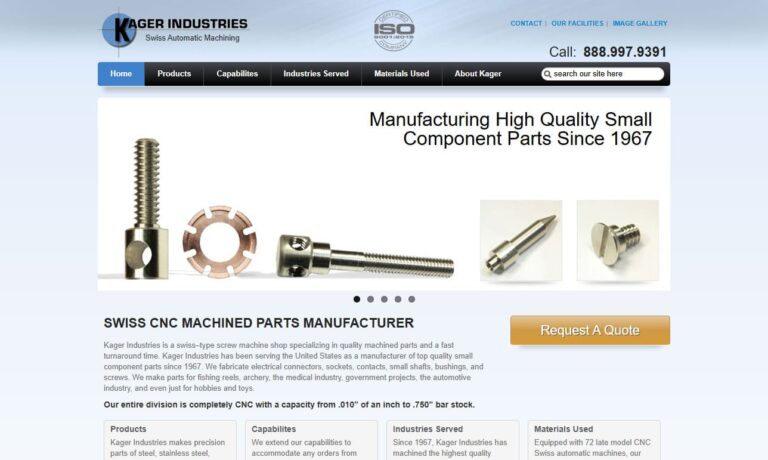
At Broaching Industries, Inc., we dedicate ourselves to precision metalworking through advanced broaching techniques that deliver consistent, repeatable results for customers across diverse industries. We have built our reputation on the ability to produce complex internal and external profiles with tight tolerances, clean finishes, and efficient production times.
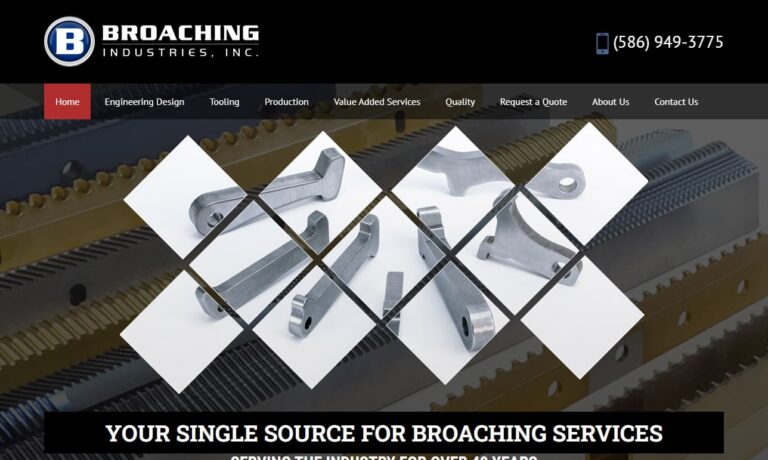
At Perry Technology Corporation, we take pride in our deep expertise in precision broaching and advanced manufacturing solutions. Over the years, we have built our reputation on delivering exceptional quality and consistency to industries that demand tight tolerances, complex geometries, and uncompromising performance.
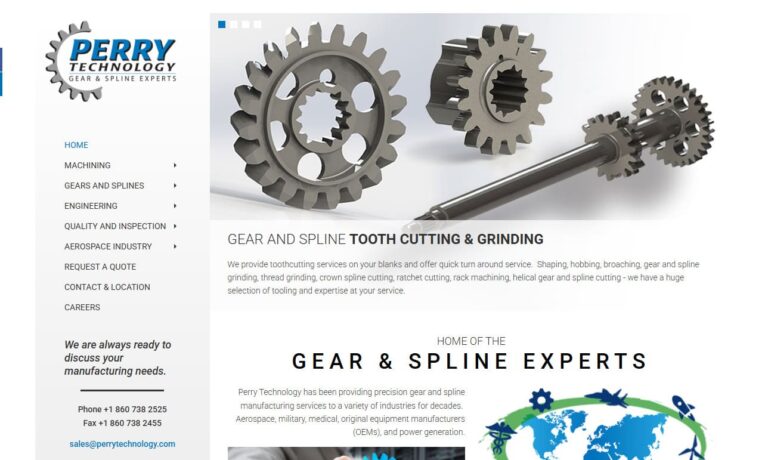
More Broaching Job Shops Companies
What Does the Broaching Industry Do?
Answer:
Broaching is a specialized machining process used extensively in modern manufacturing industries to create highly precise and complex shapes in metal or other hard materials. The broaching industry encompasses the design, production, and application of broaching machines and tools—referred to as broaches—that systematically remove material to form features such as keyways, splines, gears, and internal profiles.
This precision machining method is vital to high-demand sectors like automotive manufacturing, aerospace engineering, industrial equipment production, and defense contracting. By enabling manufacturers to produce consistent, high-tolerance components efficiently, broaching plays a critical role in supporting the assembly of engines, transmissions, hydraulic systems, and more.
The process involves a multi-toothed broach, engineered with a sequence of progressively larger cutting edges. As the broach is pulled or pushed through a workpiece—either by hand or automated machinery—each tooth removes a small amount of material, resulting in a final shape that is exceptionally accurate and repeatable.
Broaching originated as a technique for cutting keyways in firearms and has evolved to become central to the mass production of intricate parts. Advancements in broaching tool design, machine automation, and material science have transformed the industry, making broaching one of the most efficient and precise subtractive manufacturing processes available.
Are you curious about how broaching compares to other machining methods? Or do you want to explore which types of broaching services best fit your unique manufacturing needs? Keep reading for a comprehensive guide to broaching types, applications, industry regulations, and how to choose the right broaching partner for your business.
Types of Broaching: Methods and Applications
Broaching is a versatile machining process with several types, each engineered to produce specific internal or external geometrical features. Understanding the differences between broaching methods helps manufacturers select the most efficient and cost-effective solution for their part design and production requirements.
-
Blind Broaching:
Blind broaching is designed to create slots, holes, or other features that do not pass entirely through the workpiece—commonly referred to as “blind holes” or “closed-end” features. A blind broach tool with graduated cutting edges is precisely guided into the workpiece up to a specified depth.
This process is renowned for delivering exceptional dimensional control and tight tolerances, making it valuable in the production of hydraulic components, automotive engine parts, and custom mechanical assemblies. While blind broaching excels in accuracy and repeatability, it may be limited by depth capacity and is most effective on ductile materials.
Learn more about blind broaching applications and when to specify this process for your project. -
Internal Broaching:
Internal broaching is used to create internal features such as keyways, splines, polygonal holes, and other complex internal profiles within cylindrical or prismatic workpieces. This technique employs a broach fitted with a series of cutting teeth that progressively increase in size, efficiently shaping the workpiece’s interior with each pass.
Cost-effective for high-volume production, internal broaching achieves excellent surface finishes and dimensional accuracy, making it indispensable in manufacturing gears, aerospace components, hydraulic and pneumatic system parts, and industrial couplings.
Discover more about internal broaching and its advantages for complex component manufacturing. -
Surface Broaching (Flat Broaching):
Surface broaching, sometimes called flat broaching, is used to cut flat or contoured surfaces along the exterior of a part. The broach tool, equipped with multiple cutting edges, is drawn across or along the workpiece, removing material to produce features such as precision slides, guide rails, and contoured plates.
This process is especially effective for creating large, flat surfaces with excellent finish quality and tight tolerances. Surface broaching is frequently used in gear blanking, tool and die manufacturing, and for components requiring intricate surface geometry. -
Keyway Broaching:
Keyway broaching is a specialized internal broaching process for cutting keyways—slots that allow a shaft and a hub to lock together for torque transmission—in rotating components such as gears, pulleys, and couplings. Keyway broaches are designed with graduated teeth to cut the slot in a single, precise pass.
This method is essential in power transmission, automotive drivetrains, and industrial machinery. Keyway broaching ensures consistent fit and alignment, supporting high-performance mechanical assemblies. -
Rotary Broaching (Wobble Broaching):
Rotary broaching, also known as wobble broaching, enables the production of non-circular or polygonal internal and external shapes—such as hexagons, squares, or custom profiles—in a single operation. The broach tool rotates in a holder that is slightly tilted, allowing it to “wobble” and cut the desired shape as it advances into the material.
This technique is favored for its speed and ability to create intricate features in precision components for industries like medical device manufacturing, aerospace, and custom fastener production. -
Pot Broaching:
Pot broaching is a unique form of internal broaching used for producing complex, non-linear internal shapes, such as splines or gear teeth, in cylindrical components. The workpiece is placed inside a “pot”—a holder containing multiple broaching tools arranged in a specific geometry—and then pulled through the array to create the desired profile.
While this approach allows for high-volume, high-precision manufacturing of intricate internal features, it often requires custom tooling and deep process expertise, making it suitable for specialized applications. -
Helical Broaching:
Helical broaching is designed to create helical (spiral) features, such as threads or worm gears, on the surfaces of cylindrical workpieces. The broach tool is engineered with helical cutting edges and rotated as it is pushed or pulled through the workpiece, forming complex, precise profiles.
This method is used extensively in the automotive, aerospace, and machinery industries where high-strength threaded or helical components are essential for power transmission and motion control.
Each broaching type provides distinct advantages for specific applications, enabling manufacturers to optimize production efficiency, part quality, and cost. Unsure which broaching technique best matches your project? Ask yourself:
- What feature geometry and tolerance do I need?
- What is the material and hardness of my workpiece?
- Will my parts require high-volume production or custom, low-volume runs?
- Do I need external or internal machining?
- What is my project’s budget and timeline?
For tailored advice, consider consulting with an experienced broaching job shop or request a quote to compare options.
Laws, Safety Standards, and Environmental Regulations in Broaching
The broaching industry is subject to strict safety, health, and environmental regulations designed to protect employees and ensure responsible manufacturing practices. Adhering to these standards not only reduces risk and liability but also assures customers of a supplier’s professionalism and commitment to quality.
-
Occupational Safety and Health Administration (OSHA) Compliance:
In the United States, OSHA requires broaching machine operators and facilities to implement robust safety protocols, including machine guarding to prevent accidental contact with moving parts, proper lockout/tagout procedures, and the use of appropriate personal protective equipment (PPE) such as safety glasses, gloves, and hearing protection.
Employee training in safe broaching machine operation, emergency response, and hazard recognition is mandatory. Regular safety audits and maintenance are also critical to compliance. -
Environmental Regulations:
Federal and state environmental agencies set requirements on waste management, emissions control, and recycling practices. The Clean Air Act and Clean Water Act regulate air and water quality standards, respectively, affecting the disposal of cutting fluids, metal shavings, and other byproducts of broaching operations.
Many broaching companies have adopted environmentally friendly practices, such as closed-loop coolant systems, recycling of metals, and energy-efficient machinery, to minimize their environmental impact and meet green manufacturing standards. -
International Standards:
Global broaching job shops may also comply with ISO 9001 (quality management) and ISO 14001 (environmental management) to demonstrate consistent product quality and environmental stewardship. These certifications are particularly important for suppliers serving the aerospace, automotive, and defense industries.
If your project requires strict regulatory compliance or environmentally sustainable broaching solutions, search for broaching companies with relevant certifications and a proven track record in safe, eco-friendly manufacturing.
Limitations and Challenges of Broaching
While broaching is a highly effective and efficient machining process, it does have inherent limitations that must be considered during project planning and process selection:
- Material Suitability: Broaching is most effective on ductile metals such as steel, aluminum, and brass. Materials that are extremely hard (such as certain tool steels, ceramics, or hardened alloys) or highly brittle can cause premature tool wear or breakage, increasing costs and downtime.
- Feature Depth Limitations: Each broaching tool is typically designed for a specific feature depth. Creating features of varying or excessive depth may require multiple tools or passes, impacting cycle times and tooling costs.
- Tooling Investment: Custom broach tools can be expensive, especially for complex or low-volume parts. This makes broaching most cost-effective for medium to high-volume production runs or parts with standardized features.
- Limited Flexibility for Feature Variation: Broaching excels at producing consistent, repeatable features, but may not be suitable for components requiring frequent design changes or highly variable geometries.
- Setup and Maintenance Requirements: Broaching machines require precise setup, alignment, and regular maintenance to ensure optimal performance and product quality. Improper setup may result in poor fit, tool wear, or scrap.
Considering these limitations, manufacturers should weigh the advantages and disadvantages of broaching against alternative machining methods such as milling, EDM, or laser cutting for specific applications.
Benefits of Broaching: Why Choose This Machining Process?
Broaching is renowned in the manufacturing world for delivering exceptional accuracy, speed, and cost efficiency. Here are the key advantages that make broaching a preferred choice for producing precision components:
-
High Accuracy and Precision:
Broaching routinely achieves tolerances as tight as ±0.001 inches (±0.025 mm) or better, producing intricate internal and external features with unmatched uniformity. This level of precision is crucial in industries where component fit and performance directly impact safety and function, such as aerospace, automotive, and defense.
-
Cost-Effectiveness:
The ability to cut multiple features with a single tool and in a single pass reduces overall machining time, labor costs, and tool changeover frequency. This efficiency translates to lower per-part costs, especially in high-volume production environments.
-
Fast Machining Times:
Broaching can quickly remove material and shape features in one smooth operation. For many applications, broaching outpaces milling, shaping, or slotting processes, resulting in higher throughput and shorter lead times.
-
Versatility:
Broaching is suitable for a wide range of materials—including various grades of steel, aluminum, copper alloys, brass, plastics, and some composites. The process can create diverse features such as keyways, internal and external splines, gears, splines, square holes, and specialized profiles. This adaptability makes broaching an excellent option for manufacturers with varied product lines.
-
Superior Surface Finish Quality:
The broaching process produces smooth, burr-free surfaces with minimal need for secondary finishing operations. High-quality surface finishes improve part performance, reduce friction, and enhance assembly reliability.
-
Repeatability and Consistency:
Broaching’s controlled cutting action ensures every part meets exacting specifications, even in large production runs. This consistency is essential for assembly-line manufacturing and for parts that must interchange or fit together perfectly.
-
Enhanced Part Strength and Integrity:
Precisely machined features such as splines or keyways offer secure interlocking and superior load-carrying capability, supporting critical functions in power transmission, motion control, and structural assemblies.
-
Design Flexibility:
Broaching accommodates a wide array of custom shapes and profiles, including non-standard forms, multi-step features, and complex contours. Custom broach design enables engineers to realize innovative part geometries without sacrificing speed or quality.
In summary, broaching stands out as a top-tier machining process for manufacturers seeking high-precision, cost-effective, and scalable solutions for both standard and custom components.
Applications of Broaching: Where Is Broaching Used?
Broaching’s versatility and reliability have made it a mainstay in a wide variety of industries. Here’s how this process delivers value across key sectors:
-
Automotive Manufacturing:
Broaching is critical in producing gears, transmission shafts, steering system parts, hubs, and brake components. Its ability to create high-strength keyways, splines, and gear teeth ensures the durability and performance of drivetrains and engine assemblies.
-
Aerospace Engineering:
Precision broaching is employed to manufacture turbine blades, jet engine components, landing gear parts, and structural connectors. Tight tolerances and exceptional surface quality are essential for safety-critical applications in aircraft and spacecraft.
-
Hydraulic and Pneumatic Systems:
Broaching creates ports, bores, slots, and channels within cylinders, valves, pumps, and actuators—ensuring efficient fluid or air flow and reliable system performance.
-
Medical Device and Implant Manufacturing:
Broaching is used to produce surgical instruments, orthopedic implants (such as hip and knee prosthetics), dental components, and custom medical devices that require intricate internal features and biocompatible surface finishes.
-
Consumer Goods and Hardware:
Locks, keys, hand tools, and hardware components benefit from the accurate and consistent features produced by broaching, supporting both security and usability.
-
Industrial Equipment and Tooling:
Broaching is vital in the production of industrial machinery parts, cutting tools, dies, and fixtures, where repeatability and durability are paramount.
-
Oil, Gas, and Energy:
Critical components for drilling equipment, pumps, valves, wind turbines, and hydroelectric generators are broached to ensure strength, reliability, and efficient power transmission.
-
Electrical and Electronics:
Broaching produces precision connectors, terminals, contacts, and enclosures for use in electrical distribution, communication systems, and consumer electronics.
-
Defense and Military Applications:
Military equipment, including firearms, vehicle components, and missile guidance systems, often rely on broached parts for structural integrity and operational precision.
Looking for broaching services tailored to your industry? Use our directory to filter by application area, material expertise, and production volume requirements.
Choosing the Right Broaching Company: Key Decision Factors
Selecting the right broaching partner is essential for achieving optimal results, minimizing lead times, and controlling costs. Here’s how to evaluate and compare broaching job shops to ensure the best fit for your manufacturing needs:
- Technical Capabilities: Does the company offer the specific broaching methods (internal, surface, keyway, rotary, etc.) required for your part? Can they accommodate your material type, size, and feature complexity?
- Quality Assurance: Is the company certified to relevant industry standards (ISO 9001, AS9100, IATF 16949)? Do they offer in-process inspection, final part verification, and documentation?
- Equipment and Technology: Does the shop use modern, well-maintained broaching machines and tooling? Are they capable of high-precision, high-volume, or custom one-off production?
- Experience and Industry Focus: Does the company have a track record in your sector (automotive, aerospace, medical, etc.)? Can they provide case studies or testimonials?
- Lead Times and Flexibility: What are their average turnaround times? Do they offer expedited services or accommodate engineering changes?
- Pricing and Value: Are costs competitive for your volume and complexity? Do they offer value-added services such as design assistance, prototyping, or secondary operations?
- Customer Service: Is communication prompt and transparent? Will you have a dedicated point of contact for project management?
How to Find and Compare Broaching Companies:
- Use our broaching job shop directory to browse detailed company profiles, highlighting areas of expertise, certifications, and equipment lists.
- Preview each company’s website for an overview of capabilities, project galleries, and customer feedback.
- Submit a request for quote (RFQ) using our streamlined form to contact multiple providers at once and compare responses.
- Have specific technical or compliance requirements? Use our search filters or ask: Does this broaching shop have experience with my material, feature, or industry application?
Ready to take the next step? Contact top-rated broaching companies today to discuss your project, request technical input, or receive a personalized quote. Our platform simplifies supplier evaluation, so you can make informed decisions and confidently move forward with your manufacturing plans.
Frequently Asked Broaching Questions
- What is the difference between internal and external broaching?
Internal broaching creates features inside a workpiece (such as holes or keyways), while external broaching shapes the outside surface (such as flats, slots, or special contours).
- How do I know if broaching is the right process for my part?
Broaching is ideal for producing medium to high-volume parts with repetitive features that demand tight tolerances and superior surface finishes. If your part requires complex internal shapes, splines, or keyways, broaching is likely a strong candidate.
- Can broaching be used on hardened materials?
While broaching can be performed on some hardened materials, excessive hardness or brittleness can reduce tool life and increase the risk of tool failure. Consult with your broaching provider to determine material suitability and alternative options if needed.
- What information do I need to provide for a broaching quote?
Prepare part drawings or CAD files, material specifications, dimensional tolerances, volume requirements, surface finish expectations, and any relevant industry standards (such as ISO or AS9100) when requesting a quote.
- What secondary operations are commonly paired with broaching?
Depending on application, secondary operations may include heat treating, plating, grinding, deburring, ultrasonic cleaning, or assembly.
Still have questions? Contact a broaching expert through our directory for fast, personalized answers on your specific project, process selection, or technical requirements.
Conclusion: Unlock the Power of Precision with Broaching
Broaching remains a cornerstone of modern manufacturing, offering unmatched precision, efficiency, and flexibility for producing complex components at scale. Whether you require high-volume automotive parts, mission-critical aerospace assemblies, or custom medical devices, broaching delivers the quality and consistency your application demands.
Explore our comprehensive broaching job shop listings to find trusted providers, compare technical capabilities, and streamline your supplier selection process. For more in-depth technical resources, case studies, and industry insights, browse our site or request a quote to connect with the leading broaching experts today.
Ready to get started? Search for broaching companies by application, location, or certification—or submit your project details now to receive competitive quotes and expert guidance tailored to your manufacturing goals.
What does the broaching industry do?
The broaching industry designs, produces, and applies broaching machines and tools to create precise and complex shapes in metals and hard materials. This process is vital in sectors such as automotive, aerospace, industrial equipment, and defense, allowing the production of accurate keyways, splines, gears, and internal profiles. Broaching uses specially engineered multi-toothed tools to remove material gradually and efficiently, resulting in components with tight tolerances and repeatability.
What are the main types of broaching methods and their applications?
Major broaching methods include blind broaching (for closed-end holes), internal broaching (for internal features like keyways and splines), surface/flat broaching (for external flats and contours), keyway broaching, rotary broaching (for polygons), pot broaching (complex internal shapes), and helical broaching (helical features). Each is chosen based on the desired geometry, material, and tolerance requirements of the component.
What safety and environmental regulations apply to broaching?
Broaching companies must follow OSHA guidelines for machine guarding, lockout/tagout, employee training, and use of personal protective equipment. Environmental regulations, such as those from the Clean Air Act and Clean Water Act, control emissions and waste management. Many companies also comply with ISO 9001 and ISO 14001 for quality and environmental standards, especially when serving the automotive, aerospace, or defense sectors.
What are the main limitations of the broaching process?
Broaching is most effective for ductile metals, may not be suitable for very hard or brittle materials, and has depth limitations per tool. Custom broach tooling can increase costs for low volumes, and the process is less flexible for design changes. Broaching also requires precise setup and regular maintenance to ensure consistent quality.
What are the advantages of choosing broaching for manufacturing?
Broaching achieves excellent accuracy and surface finish, delivers cost-effective and fast machining (especially for high-volume runs), and is versatile for many metals and profiles. It offers high repeatability, enhances part strength, and can machine complex or custom shapes efficiently, making it suitable for a broad range of manufacturing needs.
In which industries and applications is broaching commonly used?
Broaching is widely used in automotive manufacturing (gears, shafts), aerospace (engine and structural parts), hydraulics and pneumatics (cylinders, valves), medical device and implant production, consumer hardware (locks, tools), industrial equipment, oil and gas, electronics (connectors, terminals), and military/defense applications (firearms, vehicle parts).
How can I choose the right broaching company for my project?
Consider a company’s technical capabilities, certifications (such as ISO), equipment quality, experience in your industry, lead times, pricing, and customer service. Use directories to compare providers, review case studies, request quotes, and ask about their track record with your specific material or application to ensure the best fit for your needs.
What information should I provide when requesting a broaching quote?
When requesting a broaching quote, prepare part drawings or CAD files, specify materials and required tolerances, provide production volume details, desired surface finish, and any applicable industry standards. This helps suppliers provide accurate pricing and turnaround estimates.

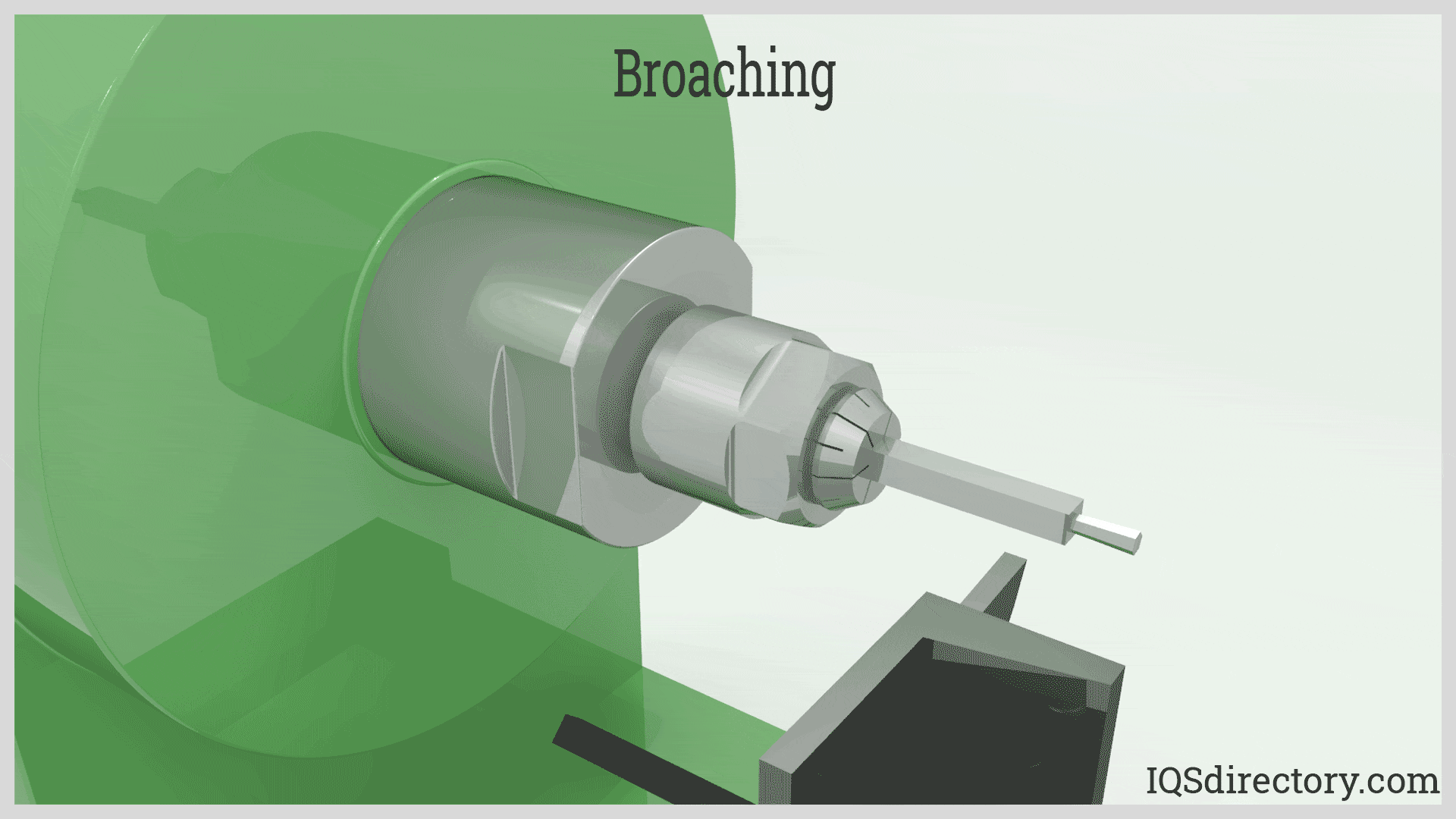
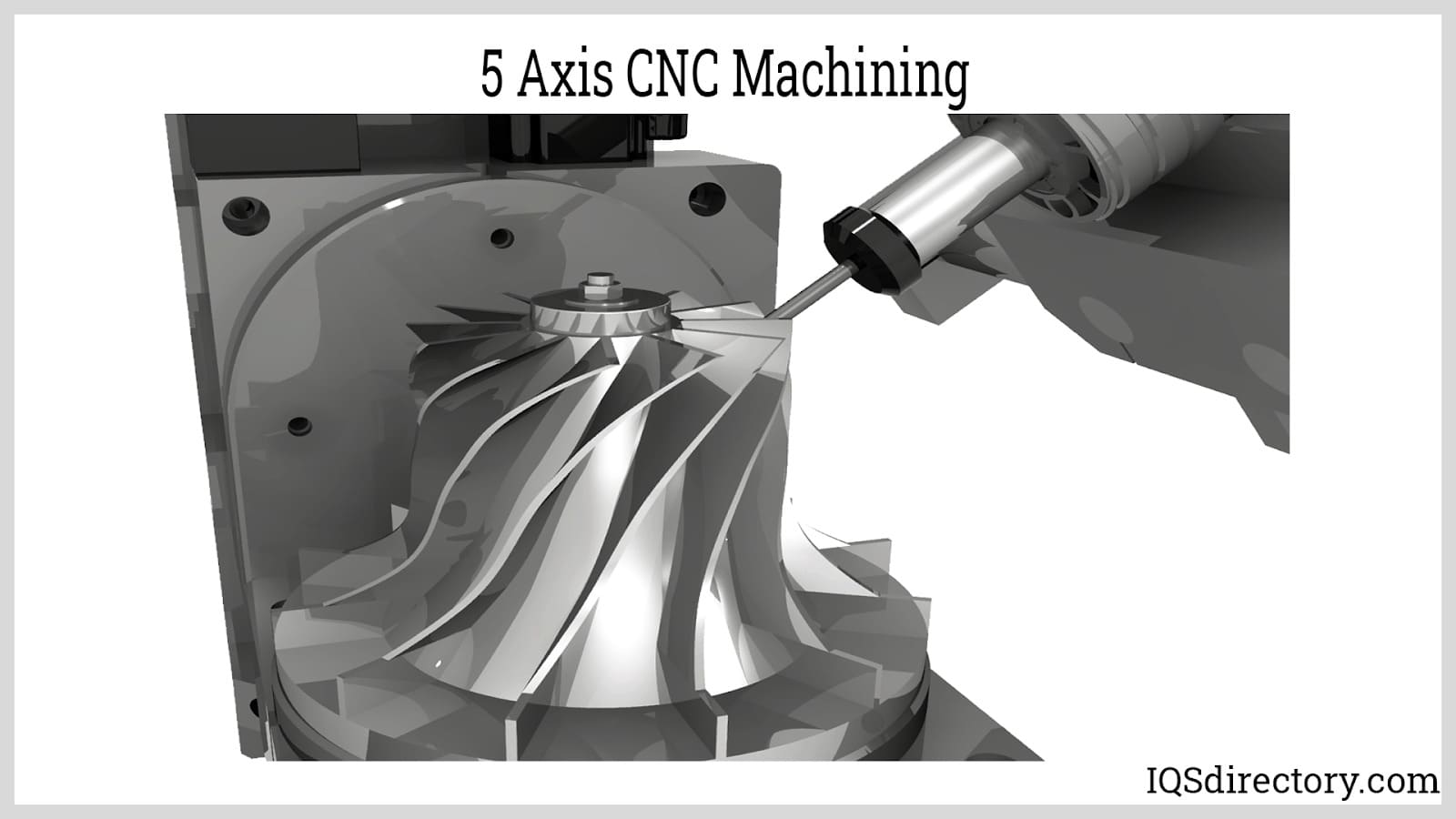
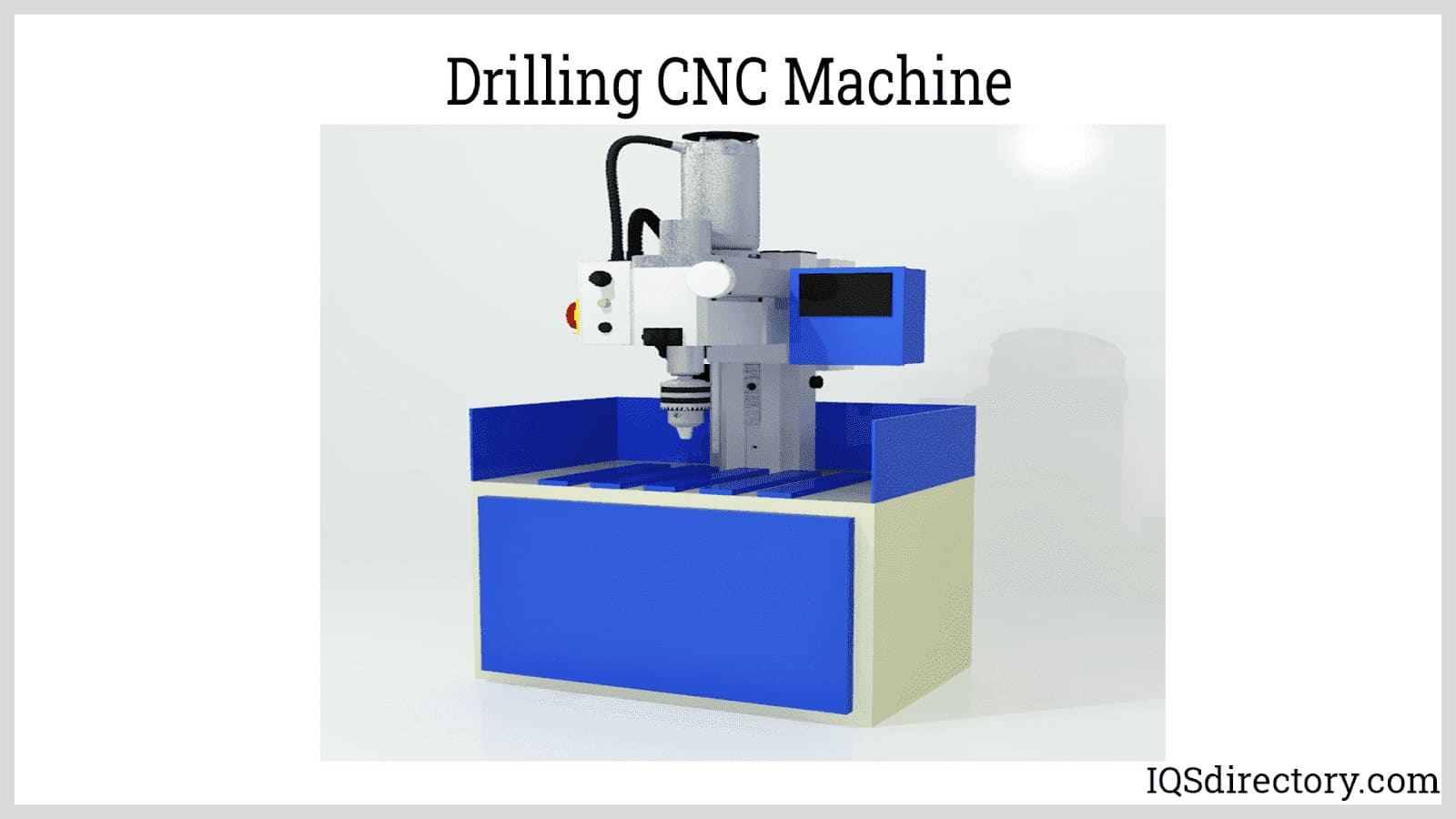
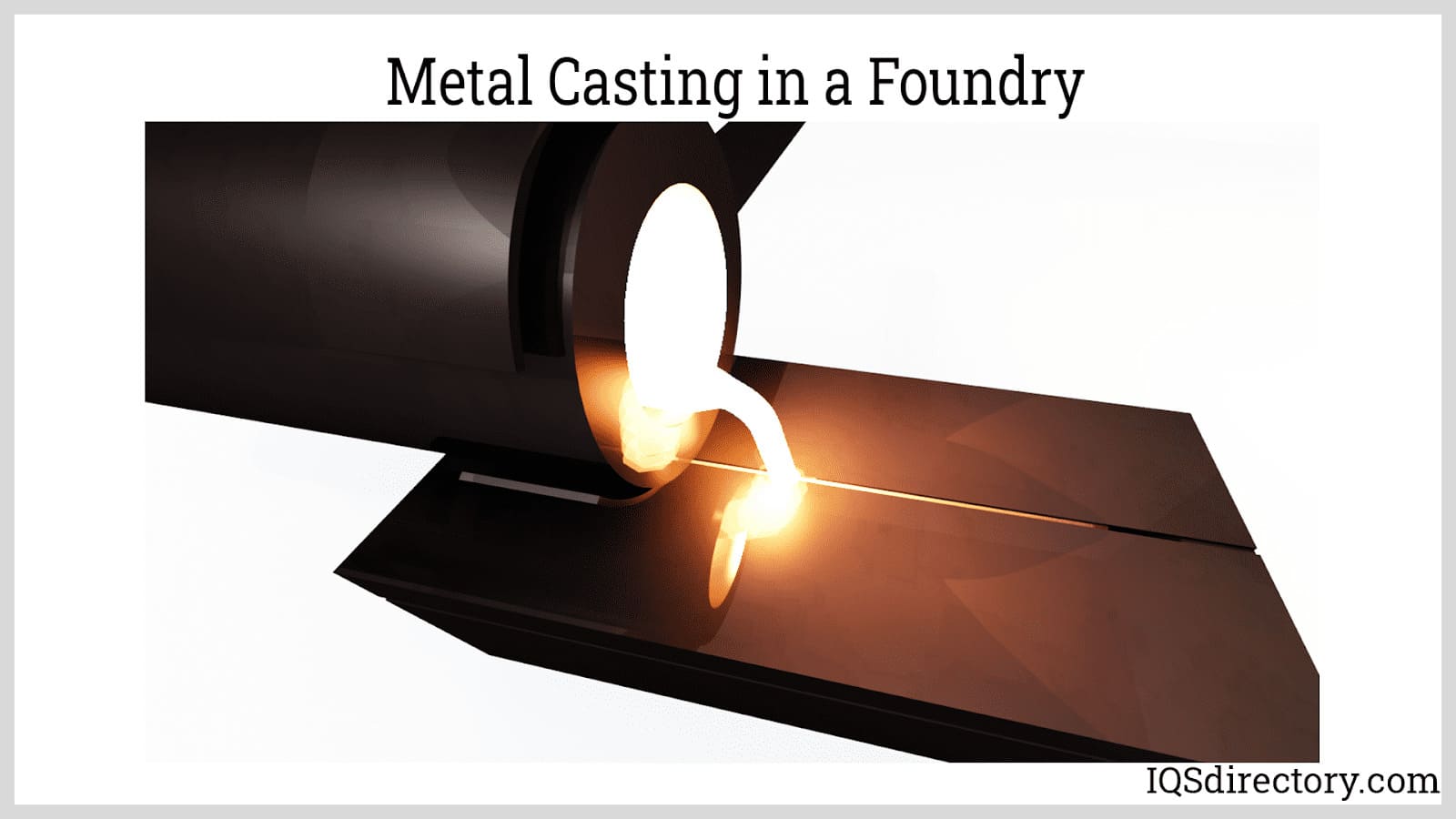
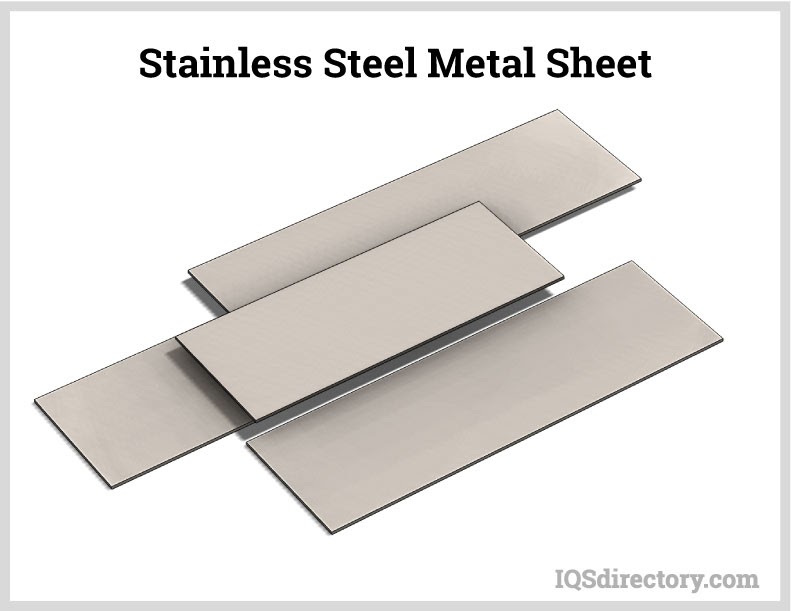
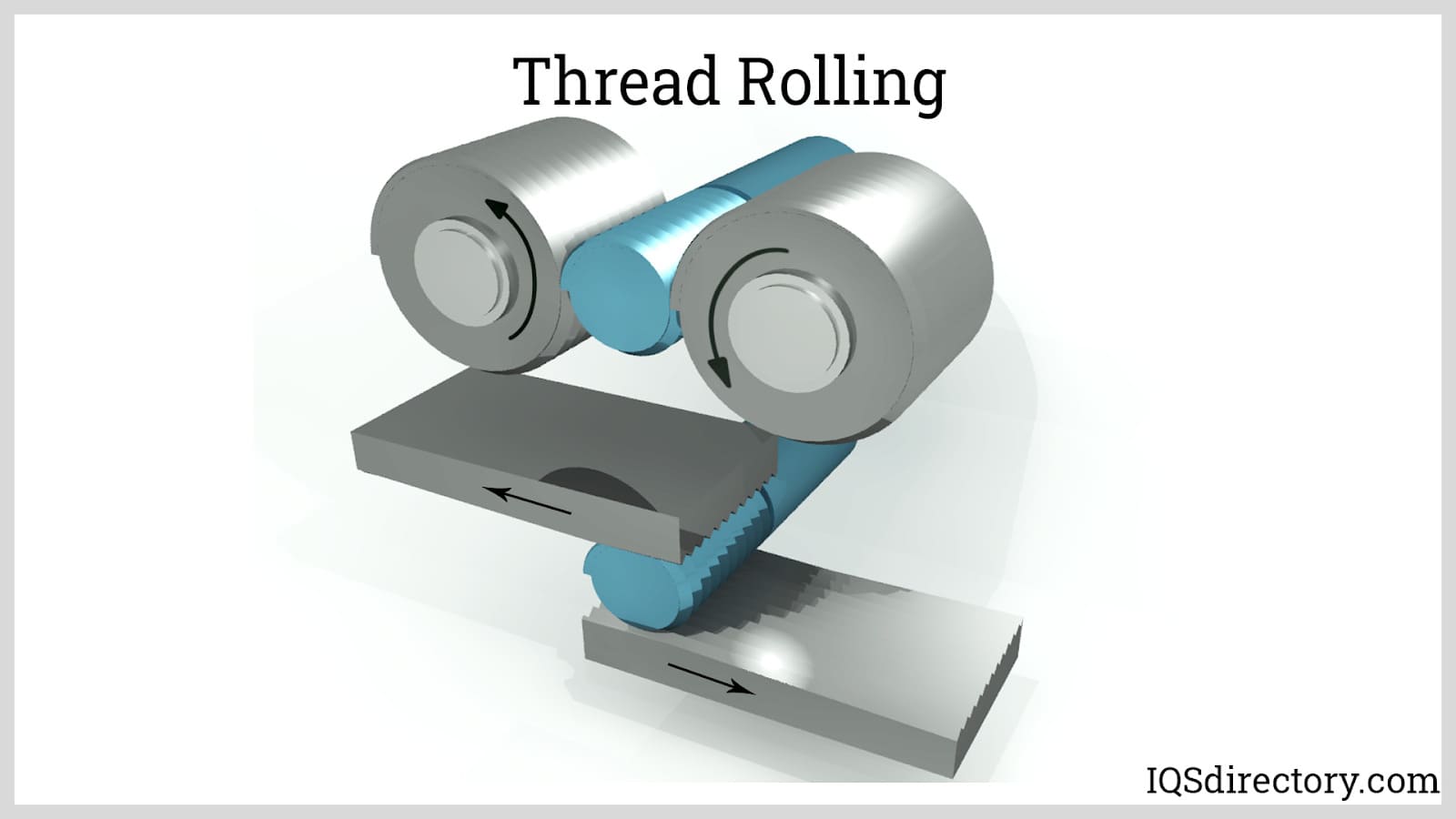
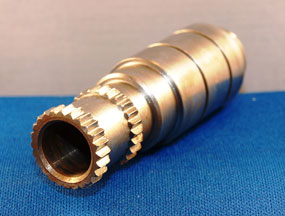 Broaching
Broaching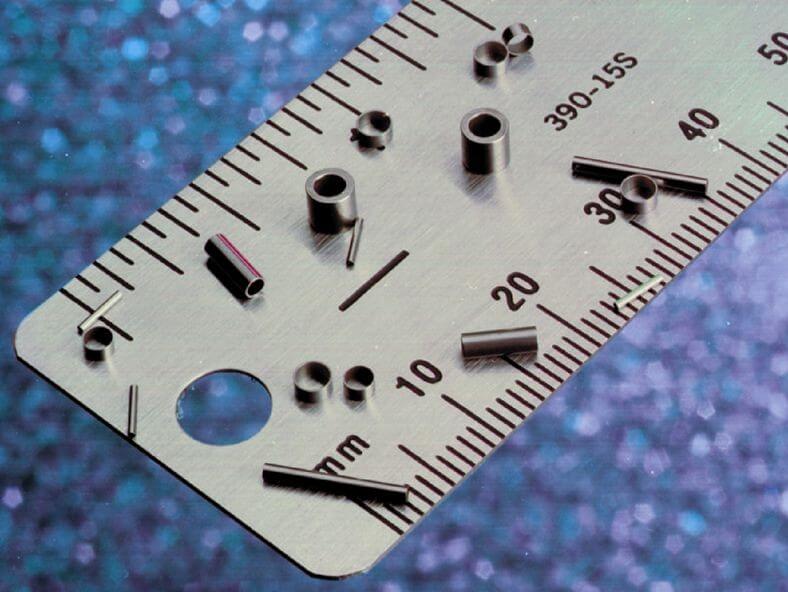 CNC Machining
CNC Machining Expanded Metals
Expanded Metals Laser Cutting
Laser Cutting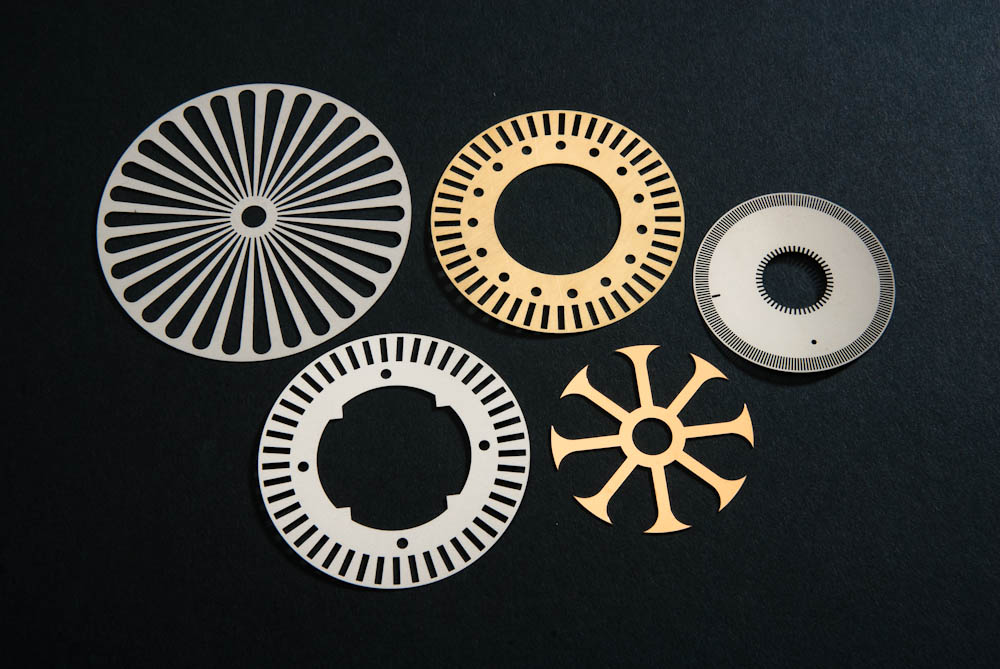 Metal Etching
Metal Etching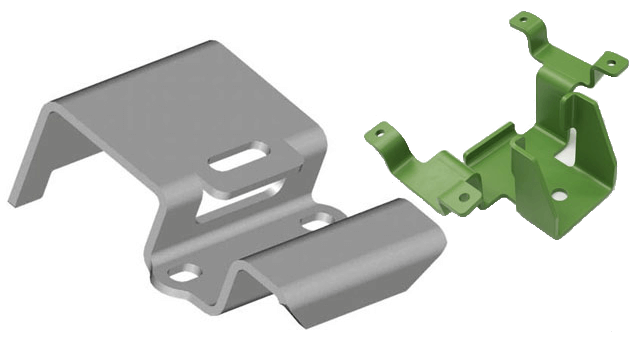 Metal Fabrication
Metal Fabrication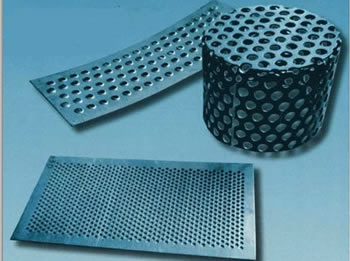 Perforated Metals
Perforated Metals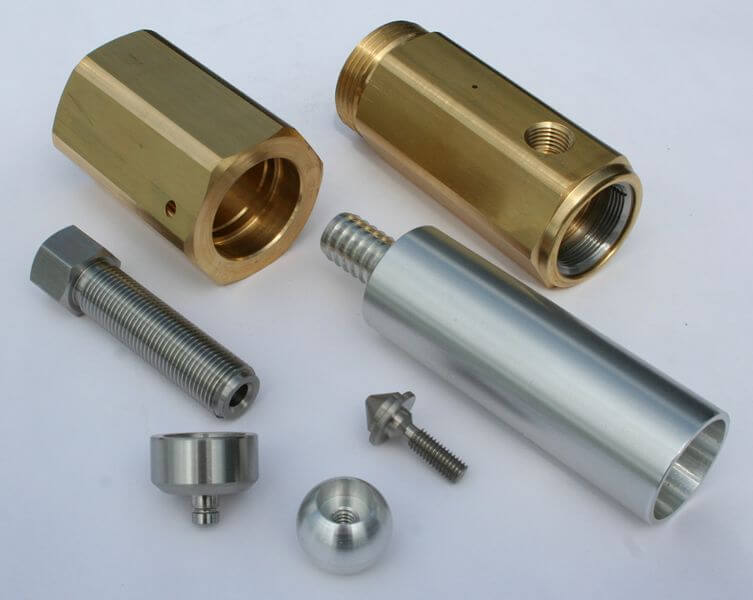 Screw Machine Products
Screw Machine Products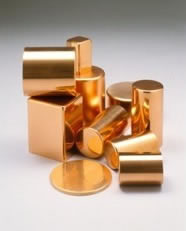 Metal Stampings
Metal Stampings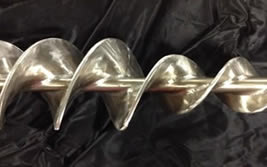 Sheet Metal Fabrication
Sheet Metal Fabrication Tube Fabrication
Tube Fabrication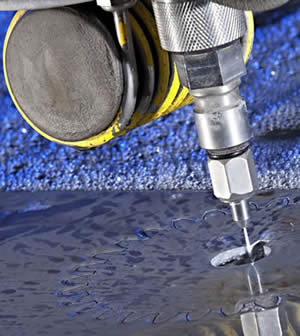 Water Jet Cutting
Water Jet Cutting Castings & Forgings
Castings & Forgings Bulk Material Handling
Bulk Material Handling Electrical & Electronic Components
Electrical & Electronic Components Flow Instrumentation
Flow Instrumentation Hardware
Hardware Material Handling Equipment
Material Handling Equipment Metal Cutting Services
Metal Cutting Services Metal Forming Services
Metal Forming Services Metal Suppliers
Metal Suppliers Motion Control Products
Motion Control Products Plant & Facility Equipment
Plant & Facility Equipment Plant & Facility Supplies
Plant & Facility Supplies Plastic Molding Processes
Plastic Molding Processes Pumps & Valves
Pumps & Valves Recycling Equipment
Recycling Equipment Rubber Products & Services
Rubber Products & Services